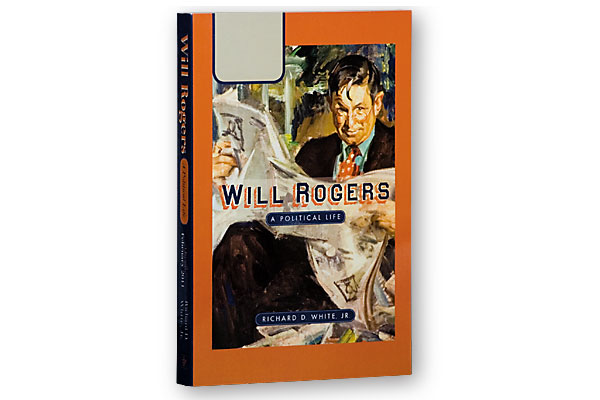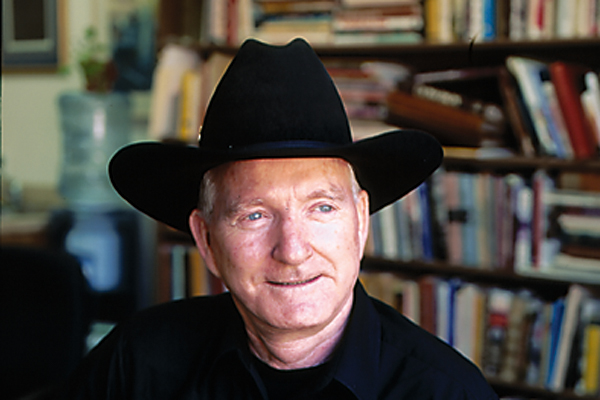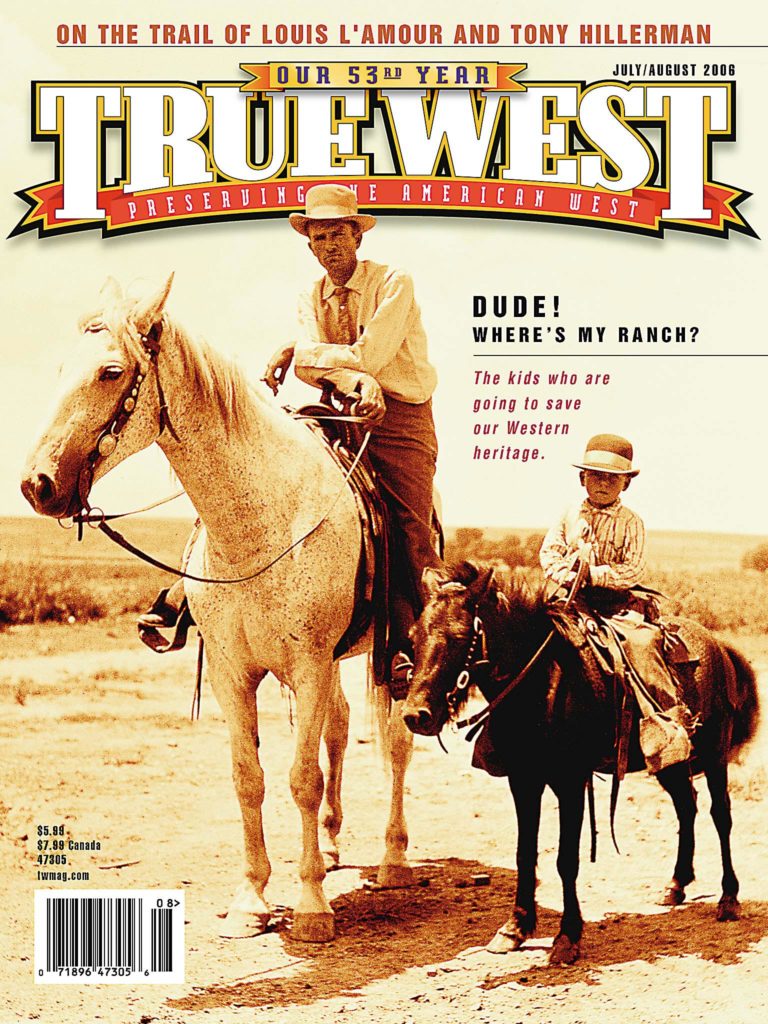Can you describe a typical day in the life of a person traveling via covered wagon to Oregon or California from Missouri?
Stace Webb
Wenatchee, Washington
One of the most enduring myths of the Old West is the prairie schooner.
A pioneer’s typical day began at four a.m. when the sentinels fired their rifles, signalling reveille. Herders began bringing in the oxen that had been grazing through the night; they were put into a makeshift corral to be “yoked.” From six to seven a.m., breakfast was eaten, the tents were struck, wagons were loaded and the oxen were hitched up. At about seven, a trumpet sounded and guards mounted up and began leading the wagons out on the trail. Some teamsters rode on the wagons; others walked beside them. Women and children alternated between walking and riding. The wagons traveled in columns, four abreast. At noon, the train stopped for an hour for lunch, then resumed the journey when a bugle sounded at one.
As the sun sank slowly in the West, the pilot conducted the wagons into a circle that created a fortification for the night. The oxen were unyoked and driven out to pasture. Everyone gathered buffalo chips for the cook fires.
Tents were erected. All men able to bear firearms were assembled into companies that took turns guarding the camp throughout the night. After an evening meal, music was often played or stories were told. Everyone was in bed early. The next morning at four, the routine began again.





